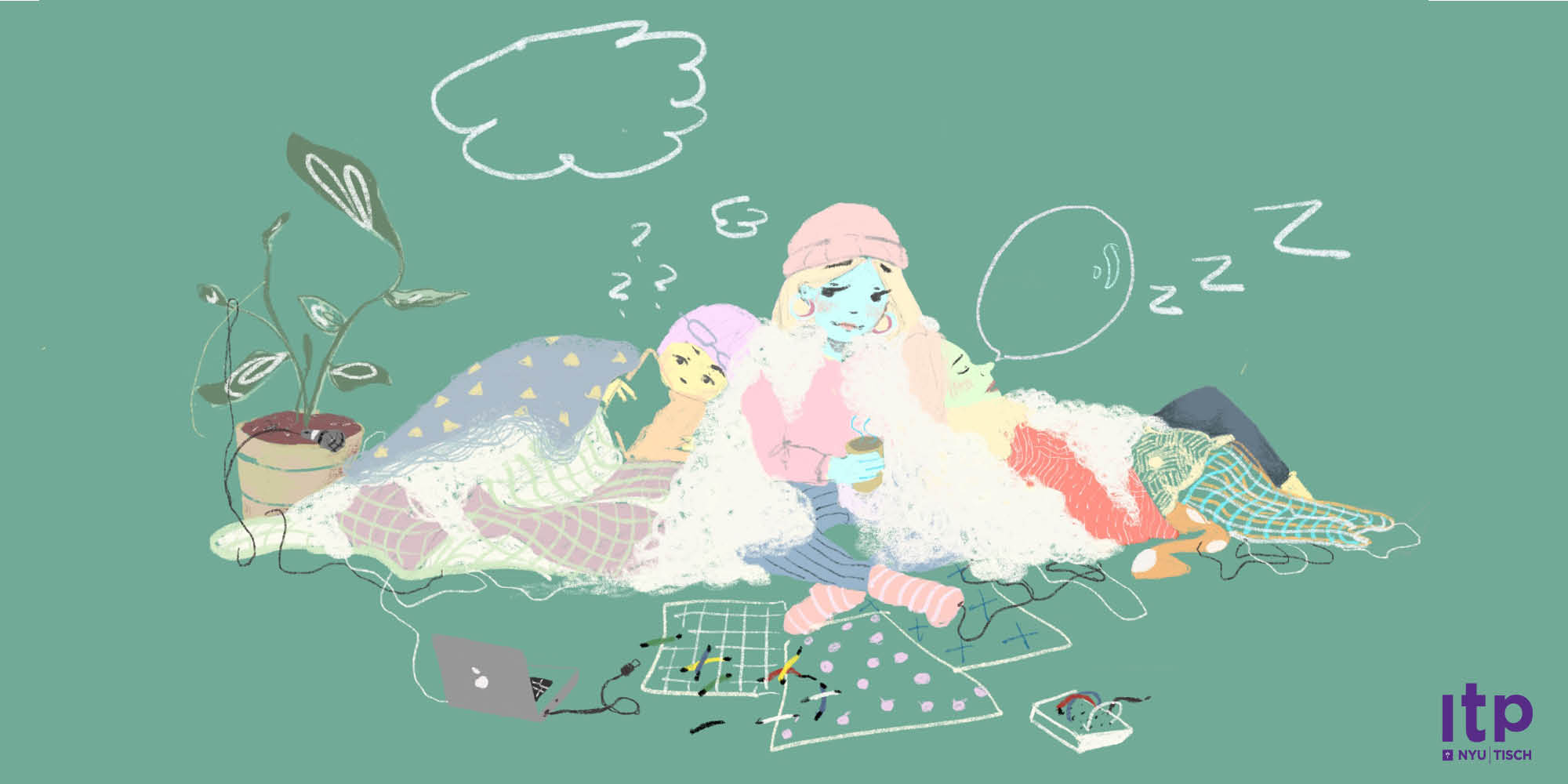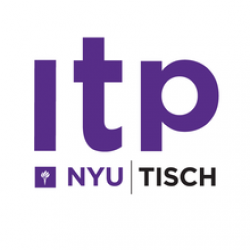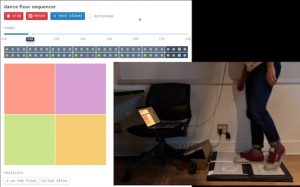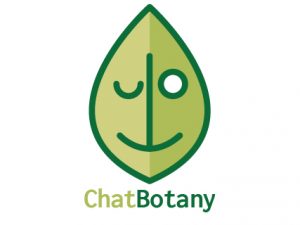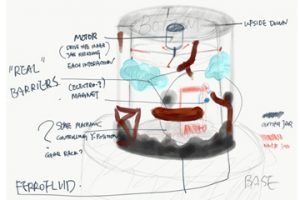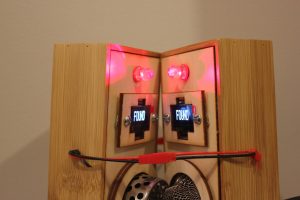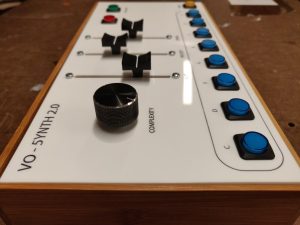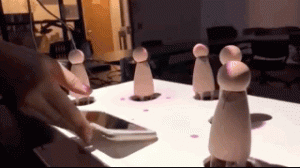Joseph Baker
Bleeding the physical and the digital world together with an iconic folding fan.
Description
Tokyo, Japan
As I was waiting for the train on a hot summer day, I see a business man pull out a discreetly crafted, folding fan. After stepping into the subway, he placed it in his front blazer pocket as the air conditioning took over. This memory is tied to a country where I let my happiness thrive in the face of unfamiliarity.
The allure is finding a purpose in it all. When time is spent questioning what someone wants to do, the physical world starts to peel back little by little like the folds of a fan ¬¬¬–Tucked out of view but not forgotten.
The fan’s projection evokes what it feels like to open yourself to the world. This incorporates depth and brings another dimension. Showing one wave made from a fan has ripples of effects even if it is not in the physical world.
Classes
Introduction to Computational Media, Introduction to Physical Computing
